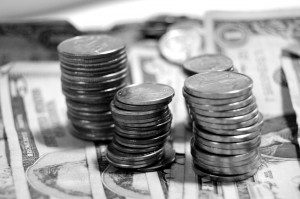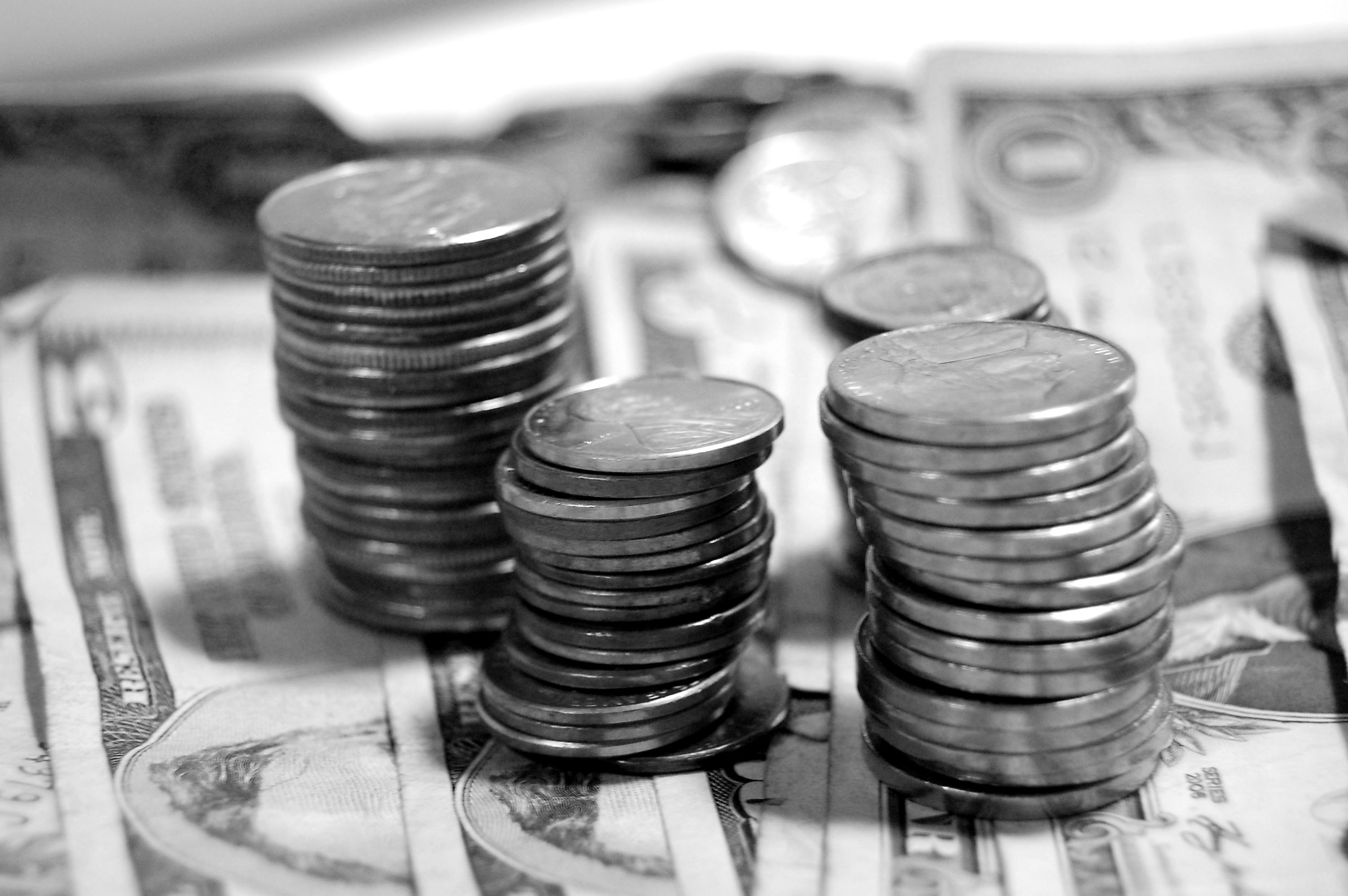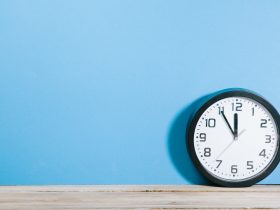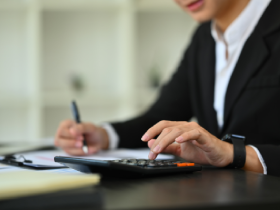There are allowances, tax reliefs and expenses that can be deducted from the profits of a business to reduce the net figure and, therefore, the tax bill for the year. Expenses – which include items like stationery, utility bills, rents, and fuel – can be deducted from the gross profits, reducing the profits before tax is charged. The expenditure for some assets can’t be deducted from the profits of a business, and is dealt with differently as a capital allowance.
bill for the year. Expenses – which include items like stationery, utility bills, rents, and fuel – can be deducted from the gross profits, reducing the profits before tax is charged. The expenditure for some assets can’t be deducted from the profits of a business, and is dealt with differently as a capital allowance.
Who can claim capital allowances?
A sole trader, partnership, limited company, or other organisation that pays corporation tax is eligible. If you have a business and the item fulfils specified criteria, capital allowances can be claimed.
What can capital allowances be claimed for?
Some assets that are used and owned by your business will qualify for capital allowances. Items bought and sold as part of the company are not eligible for the allowances, as these are classed as expenses and deducted from the gross profits. Plant and machinery are eligible for capital allowances. Furniture, office equipment, machinery, computers, vehicles, and tools may all qualify for capital allowances.
Research and development expenditure may also be eligible, although there are strict guidelines that must be adhered to. If a business donates some equipment or assets to charity, capital allowances can be claimed, although the assets must qualify as plant and machinery. There are many other types of expenditure eligible, although guidance should be sought on the qualifying criteria.
How to claim
Capital allowances are a tax relief given against the depreciation of specified capital assets that have been purchased solely for – and are used by – the business. You may not be able to claim the full expenditure of an asset during the same accounting period as it was bought, and the amount won’t be the ‘depreciation’ value. Any capital expenditure that isn’t claimed when the cost was incurred may be able to be carried forward and claimed at a later date.
Research and development allowances must be claimed during the period when the expenditure was incurred. Sometimes, more than one single type of allowance can be claimed for an asset, but you have to choose which one to claim. As the topic of capital allowances is complex, it may be worthwhile seeking professional advice before making a decision. Making a claim for capital allowances depends on the type of business structure you have – whether you are a sole trader, a partner, or a limited company.








Leave a Reply